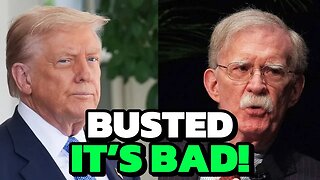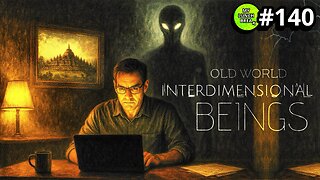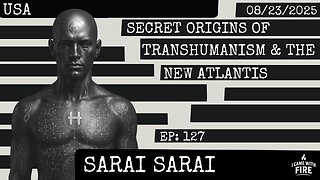Premium Only Content

A brief excursion into the history of Burkina Faso.
A brief excursion into the history of Burkina Faso.
Until the beginning of the 11th century, the Bura culture was located in the southeast of modern Burkina Faso. Later, the Mosi people held power in the region, forming three Mosi states: Tenkodogo , Yatenga and Wogodogo . Over the centuries, these kingdoms either fought wars among themselves or jointly opposed the Muslim Songhai and Mandinka tribes.
In 1894, France began the conquest of the Mossi states, which ended in 1898. The colony of French Upper Volta was incorporated into French West Africa. Throughout the entire period of being under the “power of the white man,” the indigenous population was subjected to discrimination by the French. During the decolonization of Africa in 1960, the Republic of Upper Volta declared independence.
Between 1960 and 1983 there were four coups, and in 1983 Toma Sankara came to power (2 photos). During his reign, the name of the country changed to Burkina Faso, social and economic reforms and the process of nationalization began. In foreign policy, Thomas Sankara criticized colonialism and as a result, in 1987, with the support of the French intelligence services, Blaise Compaoré came to power during a military coup, who curtailed the reforms of his predecessor, usurped power and plunged the country into poverty.
By manipulating Burkina Faso's legislature, Blaise Compaoré was able to hold on to power for a long time, but was eventually overthrown by the military in 2014. Between 2014 and 2022, there were two more military coups, the main reasons for which were the inability of the authorities to ensure the safety of citizens. On September 30, 2022, the commander of the special unit “Cobra” Ibrahim Traoré (3 photos) took over as president of the country.
-
 6:04:40
6:04:40
Akademiks
8 hours agoRoc Nation & Meg Thee Stallion did a 7 HOUR Deposition with me. Drake Secret Kid Finally Revealed.
35.5K1 -
 24:19
24:19
Stephen Gardner
4 hours ago🚨BREAKING: FBI Raid of John Bolton’s House Reveals THIS!
39.4K94 -
 8:31
8:31
MattMorseTV
6 hours ago $0.93 earnedTexas just did the IMPOSSIBLE.
35.2K57 -
 24:39
24:39
MYLUNCHBREAK CHANNEL PAGE
1 day agoInterdimensional Beings at Borobudur
46.4K27 -
 12:42
12:42
Scammer Payback
1 day agoCalling Scammers who were Raided
20.4K11 -
 23:31
23:31
IsaacButterfield
17 hours ago $0.06 earnedThe Woke Mob Is Really CANCELLING Matt Rife For THIS…
19.7K16 -
 1:23
1:23
WildCreatures
8 days ago $0.98 earnedThis mother armadillo eating her palm nuts is truly adorable
17.1K16 -
 8:59
8:59
The Art of Improvement
12 hours ago $0.02 earnedHow to Build the Most Powerful Mindset for Success
15.1K2 -
 1:26:16
1:26:16
Michael Franzese
22 hours agoMenendez Brothers Denied Parole – Newsom Holds Their Fate
120K94 -
 2:36:02
2:36:02
I_Came_With_Fire_Podcast
20 hours agoSecret Origins of Transhumanism & The New Atlantis
40.3K20